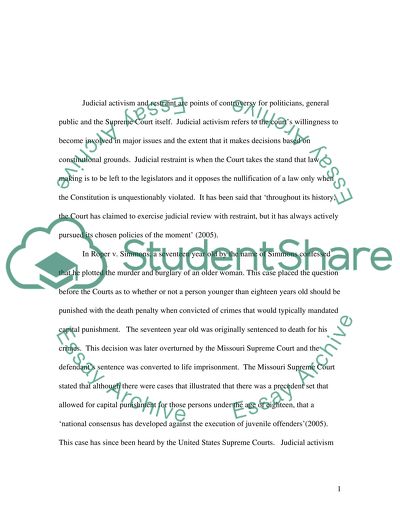Cite this document
(“Judicial activism Essay Example | Topics and Well Written Essays - 1000 words”, n.d.)
Retrieved from https://studentshare.org/law/1502550-judicial-activism
Retrieved from https://studentshare.org/law/1502550-judicial-activism
(Judicial Activism Essay Example | Topics and Well Written Essays - 1000 Words)
https://studentshare.org/law/1502550-judicial-activism.
https://studentshare.org/law/1502550-judicial-activism.
“Judicial Activism Essay Example | Topics and Well Written Essays - 1000 Words”, n.d. https://studentshare.org/law/1502550-judicial-activism.


